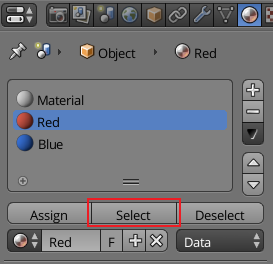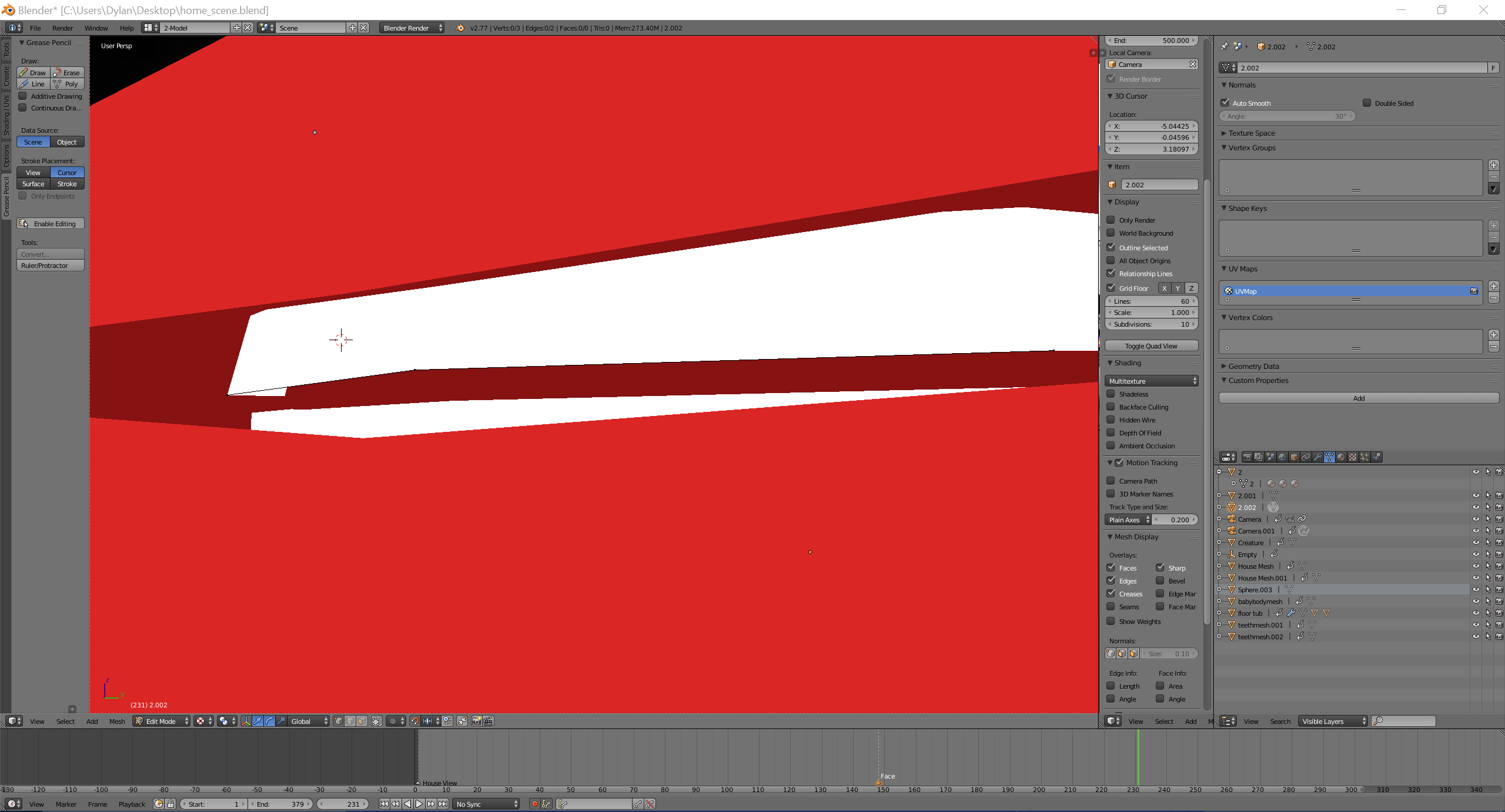Splitting your mesh in to separate pieces is easy, just two steps.
First you have to select the part you want to separate.
There are many ways to select part of your mesh. Depending on how you modeled it, assigned materials, the way the geometry flows, and other factors will determine how you best select the part of the mesh.
Select Linked
Hover over the part and press L. Or select any part in the desired portion and press CtrlL. Both shortcuts are Select Linked, it selects all the connected geometry. Meaning if you have separate pieces (the teeth are not connected to the mouth) it will select that part.
Here in this gif I demonstrate the select linked tool. First by pressing L with mouse over the part I want to select, then withCtrlL.

Select by material
If you have more then one material on your mesh, you can select by material. Head over to the Material tab of the Properties window and with the correct material active (highlighted in blue) press the Select button.

"Normal" selection tools
Sometimes there will be no quick and easy way to select the part you need, then you are going to have to do it my hand. Good thing is blender has a bunch of great selection tools.
AltRMB  will select loops, edge, vertex, or face loops depending on what selection mode you are in.
will select loops, edge, vertex, or face loops depending on what selection mode you are in.
CtrlAltRMB  will select rings, again edge, vertex, or face rings depending on what selection mode you are in.
will select rings, again edge, vertex, or face rings depending on what selection mode you are in.
A select, or deselect everything. (Sometimes it is faster to start at the opposite and work backwards.)
B Border select, draw a box around what you want selected (or deselected). Useful to be in wireframe or have Limit selection to visible turned off.
C Circle select "paint" what you want selected. Do note that you can not rotate the view while using this tool.
With one point selected, Ctrl on a second. Or with two points selected, go to the 3D view header click on Select > Shortest Path. Both will select the shortest line connecting the two points.
on a second. Or with two points selected, go to the 3D view header click on Select > Shortest Path. Both will select the shortest line connecting the two points.
After you have your part selected simply press P > Selection. That will brake the selection out of the current mesh and put it in a new object (with its origin at the same location as the original's).




 will select loops, edge, vertex, or face loops depending on what selection mode you are in.
will select loops, edge, vertex, or face loops depending on what selection mode you are in.